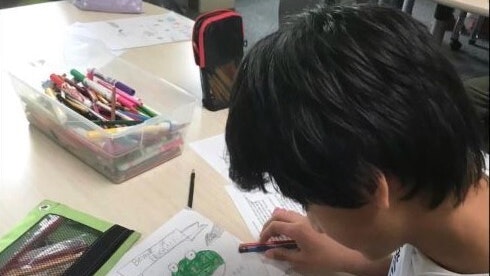Homepage
•
Learning Library
•
Blog
•
Sketchnoting brings power of brain science to the classroom
Expand breadcrumbs
Expand breadcrumbs
- Learning Library
- Blog
- Sketchnoting brings power of brain science to the classroom
- Homepage
- •
- Learning Library
- •
- Blog
- •
- Sketchnoting brings power of brain science to the classroom
Sketchnoting brings power of brain science to the classroom
By Jerry Fingal
April 10, 2020








